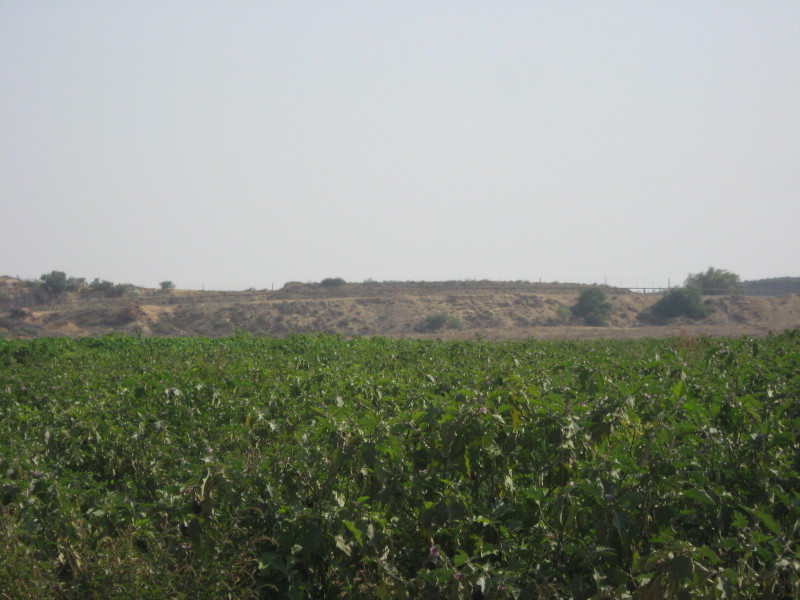Tag: White phosphorus
-
Guardian: Israel accused after Palestinian boys burned by mystery canister
3 June 2011 | The Guardian Military experts say unidentified devices found in West Bank may have contained outlawed white phosphorus. The Israeli army has been accused of leaving dangerous munitions near Palestinian homes after two boys were seriously burnt when they picked up a mysterious silver canister which exuded toxic white fumes. A second…
-
Israel snubs UN Gaza war inquiry
Al Jazeera 16 April 2009 An Israeli foreign ministry spokesperson has confirmed to Al Jazeera that it will not co-operate with a United Nations investigation into alleged war crimes during the 22-day assault on the Gaza Strip. Up to 1,300 Palestinians, mostly women and children, were killed before Israel ended the offensive in January. Thirteen…

